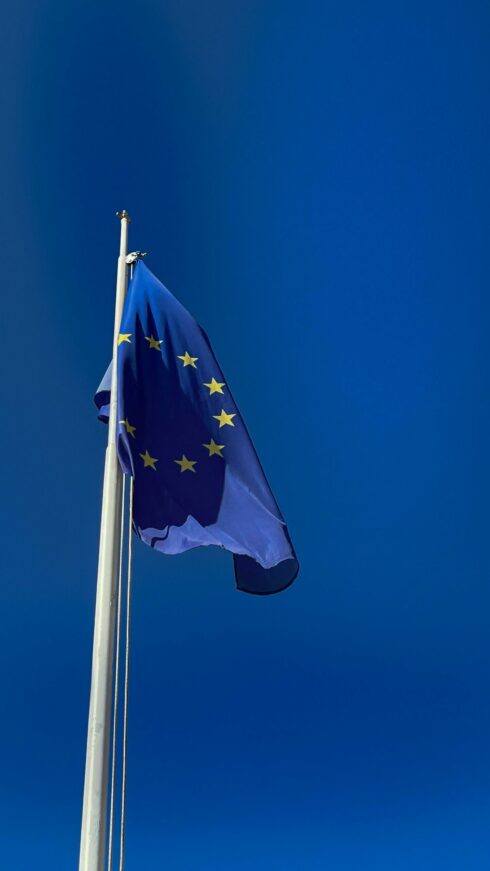

The EU has lastly handed the AI Act that it has been engaged on for the previous a number of years. The EU AI Act is a complete regulation that takes a risk-based method to AI regulation.
“The adoption of the AI Act marks the start of a brand new AI period and its significance can’t be overstated,” mentioned Enza Iannopollo, principal analyst at Forrester. “The EU AI Act is the world’s first and solely set of binding necessities to mitigate AI dangers.”
The brand new regulation will rank AI primarily based on potential dangers and use that danger stage to find out how a lot regulation is required.
In an upcoming episode of the SD Occasions podcast, Duane Pozza, who’s a former assistant director of the FTC and now an AI lawyer at Wiley Rein LLP, says that: “What’s attention-grabbing right here is that it focuses largely on what it calls high-risk AI. So, there are a whole lot of necessities, notably round investments and controls round security, that can apply when AI is used for an entire class of upper danger use circumstances … actually placing guardrails in these areas after which having a lighter contact … with AI that may be used for different functions which can be kind of within the decrease danger spectrum.”
The EU considers the next makes use of to be high-risk: crucial infrastructure, schooling and vocational coaching, employments, important companies, sure regulation enforcement techniques, migration and border administration, and justice and democratic processes. AI use in these techniques would require steps to be taken to cut back the chance, equivalent to sustaining use logs, offering transparency into techniques, and having human oversight.
In keeping with the EU, residents also can submit formal complaints about AI techniques in the event that they consider they’re impacting their rights.
Common-purpose AI fashions can even be topic to transparency necessities and adjust to EU copyright regulation. Creators of these fashions should publish detailed summaries of what information they used to coach these fashions. Deepfake photographs, audio, and video can even should be labeled clearly to let folks know they’ve been altered by AI.
“The purpose is to allow establishments to take advantage of AI absolutely, in a safer, extra reliable, and inclusive method,” mentioned Iannopollo. “Prefer it or not, with this regulation, the EU establishes the ‘de facto’ customary for reliable AI, AI danger mitigation, and accountable AI. Each different area can solely play catch-up.”
Iannopollo recommends firms begin organizing AI compliance groups now in order that they’re prepared to satisfy the necessities. She mentioned that complying with the regulation will “require robust collaboration amongst groups, from IT and information science to authorized and danger administration, and shut assist from the C-suite.”
“The EU has delivered,” mentioned Dragos Tudorache, member of the European Parliament and co-rapporteur of the Civil Liberties Committee. “Now we have linked the idea of synthetic intelligence to the basic values that type the idea of our societies. Nonetheless, a lot work lies forward that goes past the AI Act itself. AI will push us to rethink the social contract on the coronary heart of our democracies, our schooling fashions, labour markets, and the way in which we conduct warfare. The AI Act is a place to begin for a brand new mannequin of governance constructed round expertise. We should now give attention to placing this regulation into apply.”